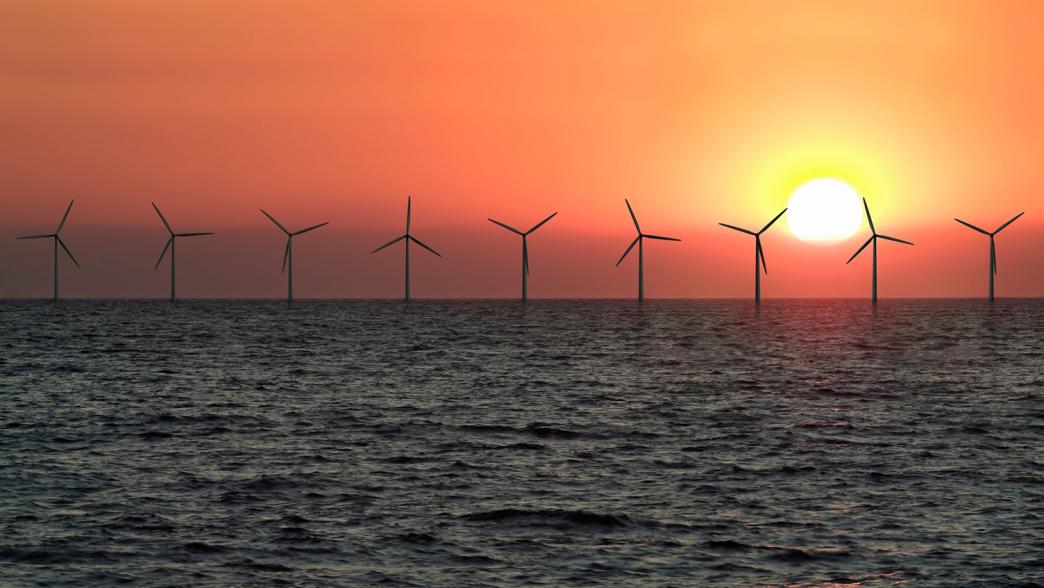Green day: more detail but big questions remain
A bevy of climate and net zero strategies are impressive in parts but fail to show the UK has a plan for green industries, argues Tom Sasse

Many accused the UK’s first net zero strategy, published in October 2021, of being short on detail.Not so with “Green Day”. Over 2,840 pages and 44 documents, the government made sure of neutering at least one attack line – and there was progress in substance, including improved transparency and more thinking about delivery. However, the documents also bear the marks of major constraints, with the chancellor and prime minister unwilling to commit political capital or extra money.
More transparency on net zero is important
A court ruling found the original net zero strategy unlawful because the government did not provide “policy-by-policy" detail setting out how its plans would meet its legislated targets. This time we can see much more of the government’s thinking.
The government has been forced to revise down its optimism on surface transport and agriculture, which is balanced by faster reductions elsewhere, including aviation and shipping, and a heavier reliance on carbon removals. On current plans the government would narrowly miss its sixth carbon budget (2033–37) – but there is time to strengthen plans. More worrying, however, is that it is also off track by one percentage point (around 6m tonnes of Co2) for its target of a 68% cut by 2030 from 1990 levels, which will require urgent action to make up.
The independent Climate Change Committee will make its own assessment of the new numbers – but the extra transparency is a welcome step and means the UK’s process of climate policy making and scrutiny can work as it should.
There was both impressive detail and big gaps
A second criticism of the original strategy was the lack of thinking about delivery. There were ambitious goals – 600,000 heat pumps a year by 2028, a clean power system by 2035 – but little on how to meet them in practice.
This strategy offers more detail. In homes, for example, there is extra funding to widen consumer subsidies, new commitments on energy performance standards, more detail on regulation of new buildings, an extension of the boiler upgrade scheme, and more detail on the clean heat market mechanism which requires boiler manufacturers to produce a certain amount of heat pumps (the equivalent of the ZEV mandate for boilers). There are still questions about scaling up supply and engaging consumers, but government is grappling much more with delivery challenges. However, in other areas, most notably agriculture and land use, there are still big policy gaps.
The government claims it has accepted 23 out of 25 of the recommendations Chris Skidmore made for the next two years in his Net Zero review. That includes establishing Great British Nuclear, a delivery body for new nuclear plants, more quickly and setting up a taskforce to accelerate solar power. But it doesn’t have a comprehensive answer to Skidmore’s key point that, without much more significant investment, the UK’s antiquated grid infrastructure will hold back progress. And it ducks his call for a new office for net zero delivery at the centre to drive cross-government progress, arguing that the smaller but more focussed department created in February will be enough to achieve this aim.
There wasn’t a convincing answer to US and EU subsidies
The overall impression emerging from these documents is one of ministers and officials working diligently to make progress within two fairly major constraints: the government doesn’t want to spend any political capital or additional money on net zero.
The former was obvious from the one consultation response not included in the giant document bundle: onshore wind. This is the cheapest form of power and has been effectively banned in England since 2015. A group of Conservative rebels secured a consultation on loosening planning restrictions before Christmas, but the government still prevaricates.
The latter was clear from chancellor Jeremy Hunt, who notably said the UK would not seek to replicate “massively distortionary” US and EU subsidies, while indicating that he would get around to offering a fuller response in the Autumn. Some economists agree that the UK – a smaller, more open economy – would be wise not to copy the US approach (in contrast to Labour’s plans, which broadly follow the approach of president Biden in focusing on public subsidies).
But developing a different response would require being politically bolder in identifying where the UK has an advantage and using ambitious regulation and industrial strategy to support those areas. The government might argue its extra backing for carbon capture and storage and further support for the offshore wind sector starts to do that. But the reaction from the UK’s green industries shows that many worry that, in choosing to wait six months to offer a fuller plan for seizing the benefits of net zero, the chancellor is being complacent.
- Topic
- Net zero
- Political party
- Conservative
- Administration
- Sunak government
- Public figures
- Jeremy Hunt Rishi Sunak
- Publisher
- Institute for Government